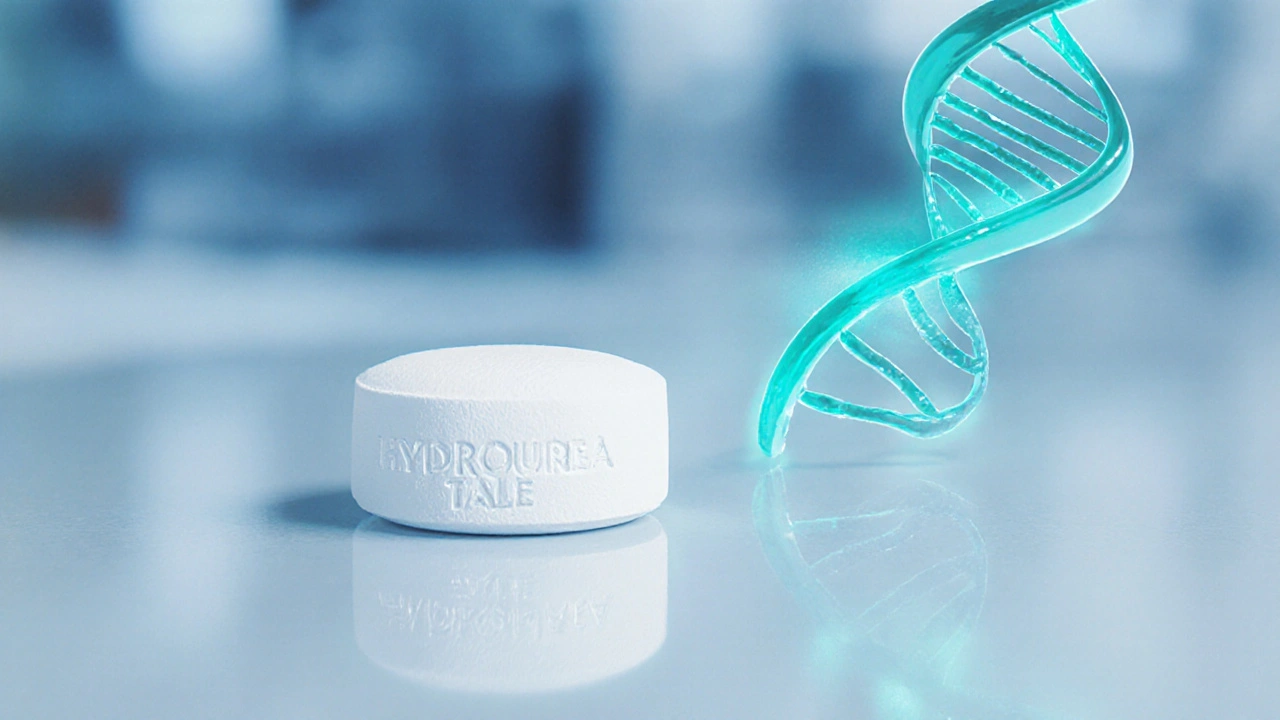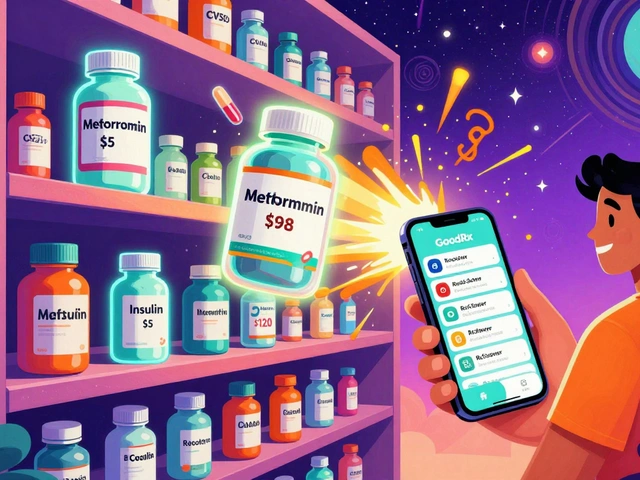CML Medication Comparison
When working with CML medication comparison, a side‑by‑side look at drugs used to treat chronic myeloid leukemia. Also known as leukemia drug review, it helps patients and clinicians pick the best therapy. This tag pulls together articles that break down each drug’s strengths, weaknesses and real‑world use. Think of it as a cheat sheet for anyone trying to navigate the growing list of targeted pills.
The core of any CML medication comparison rests on tyrosine kinase inhibitors, the class of drugs that block the BCR‑ABL protein driving leukemia. You’ll also see the name imatinib, the first‑generation TKI that set the standard for CML care pop up a lot. Understanding how these agents differ in potency, side‑effect profile and cost is the first step toward an informed choice.
Each medication brings its own set of attributes. For example, second‑generation TKIs like dasatinib and nilotinib offer faster disease control but may raise the risk of cardiovascular events. Third‑generation options such as ponatinib target resistant mutations but come with a higher chance of liver toxicity. The key attributes to weigh are efficacy (how quickly the drug lowers BCR‑ABL levels), safety (what side effects to expect), and convenience (once‑daily dosing versus multiple pills).
How to Use the Comparison Guides
Start by matching your disease phase with the drug’s approved indication. Early‑phase patients usually benefit from first‑generation TKIs, while those with high‑risk scores or resistance may need a stronger agent. Next, consider personal health factors: a history of heart disease might steer you away from nilotinib, whereas liver concerns could rule out ponatinib. Finally, factor in cost and insurance coverage—some articles dive into price differences and generic availability.
Beyond the drugs themselves, the guides also touch on monitoring strategies. Regular PCR tests, mutation analysis and side‑effect screening are all part of a successful CML treatment plan. By linking drug choice to these follow‑up steps, you get a complete picture of what management looks like day‑to‑day.
Below you’ll find a curated list of detailed comparisons, safety overviews and practical tips. Whether you’re a patient, a caregiver, or a healthcare professional, the articles will help you cut through the jargon and focus on the facts that matter most when choosing a CML therapy.
Hydroxyurea vs Alternatives: Which Drug Fits Your Treatment Needs?
A clear comparison of Hydroxyurea with its main alternatives for sickle‑cell disease and CML, covering efficacy, side‑effects, cost and how to choose the right option.





